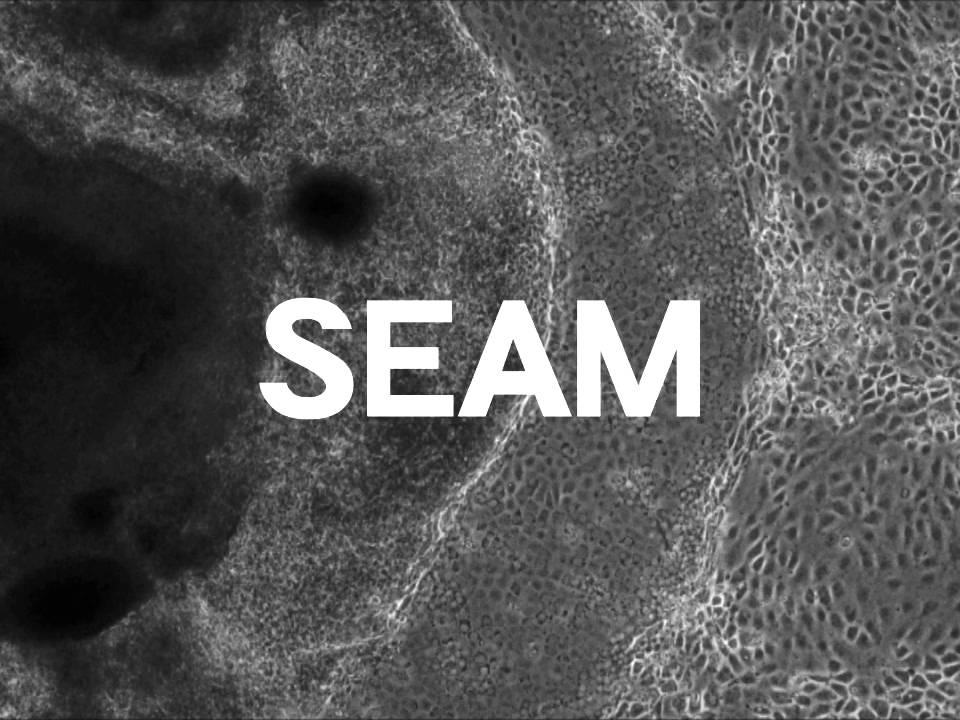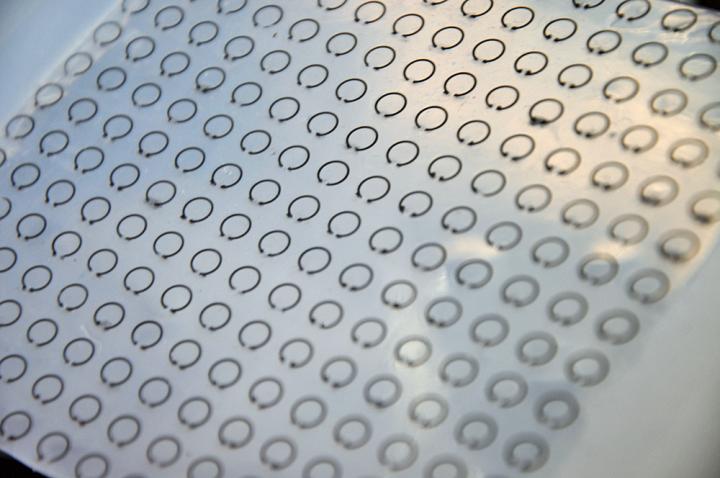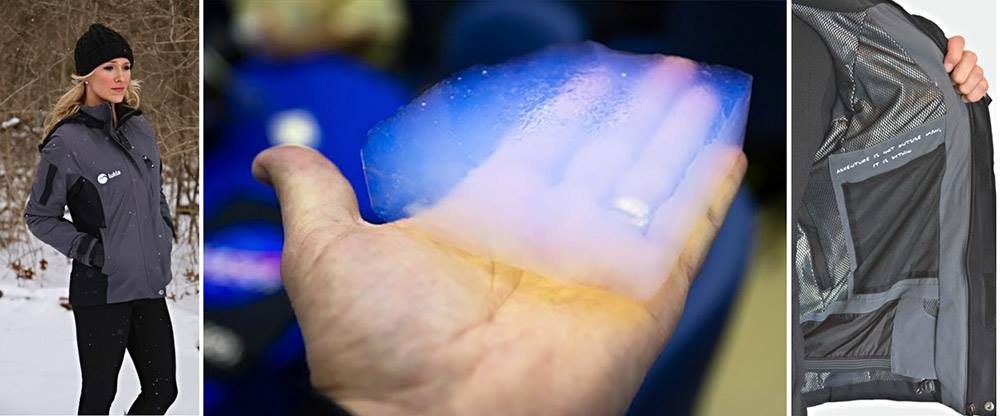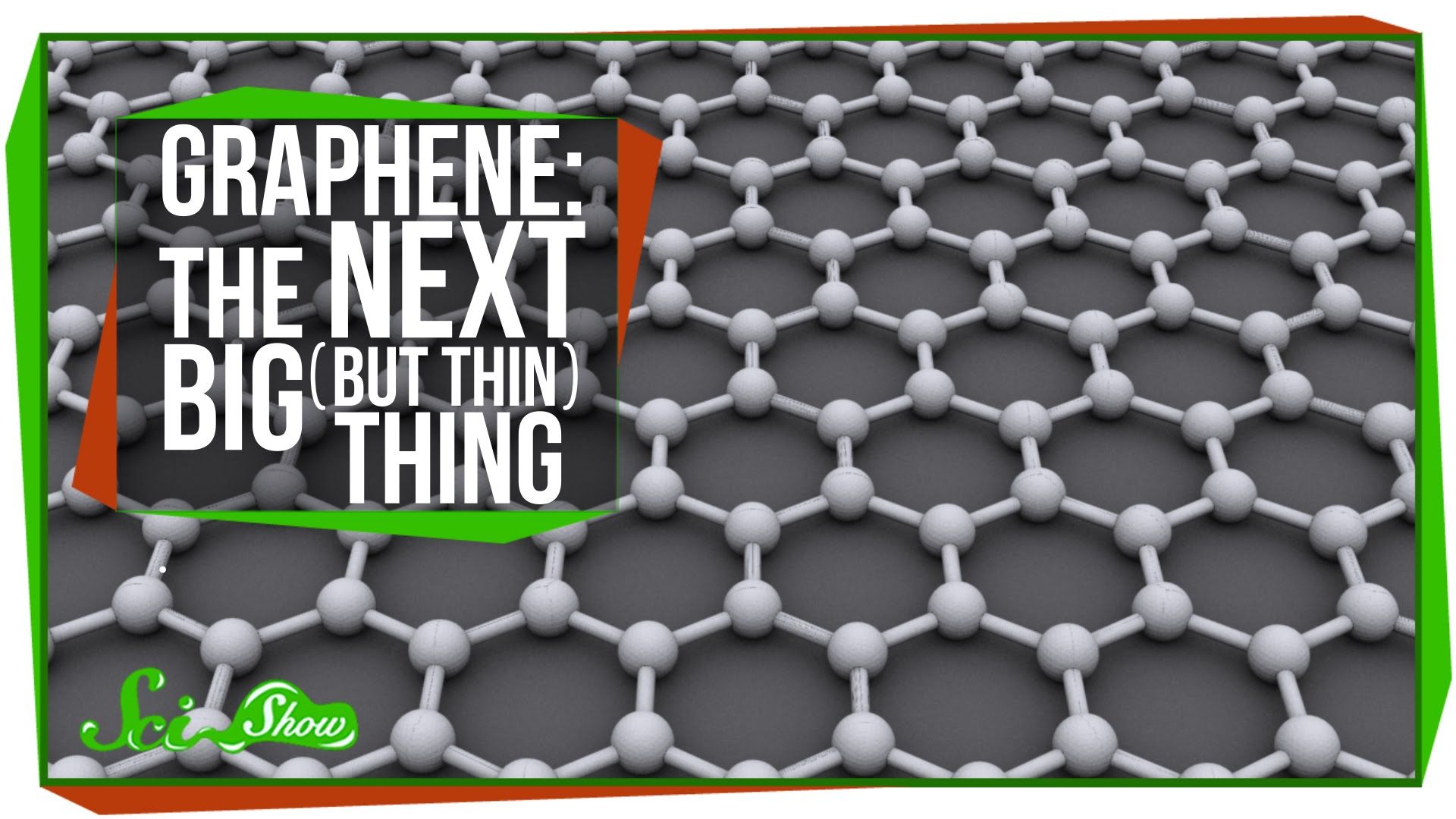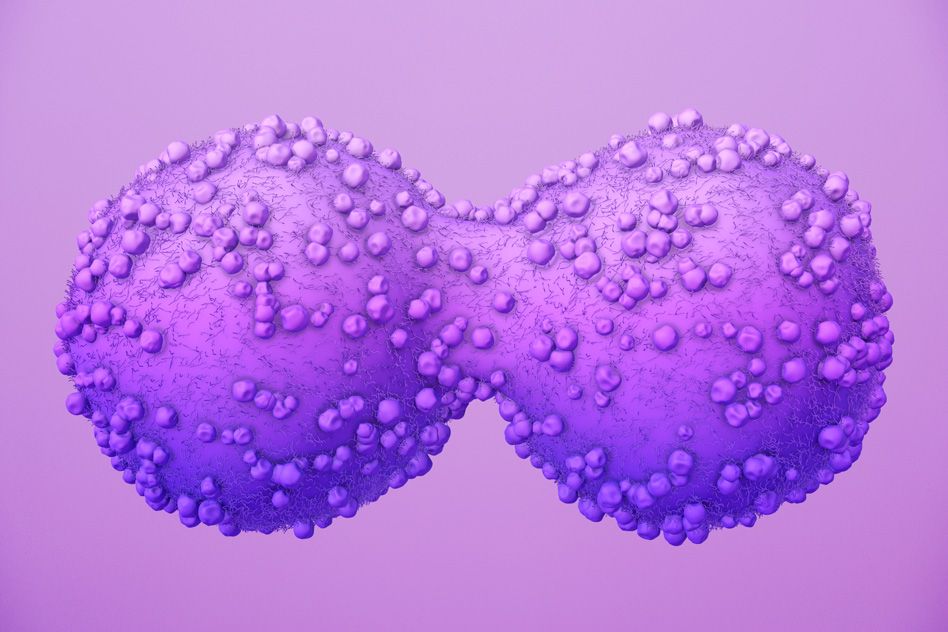
Pretty cool.
Scientists report that amino acids, not sugar, supply most building blocks for cancerous tumor cells. Cancer cells are notorious for their ability to divide uncontrollably and generate hordes of new tumor cells. Most of the fuel consumed by these rapidly proliferating cells is glucose, a type of sugar.
Scientists had believed that most of the cell mass that makes up new cells, including cancer cells, comes from that glucose. However, MIT biologists have now found, to their surprise, that the largest source for new cell material is amino acids, which cells consume in much smaller quantities.
Continue reading “How cancer cells fuel their growth” »
